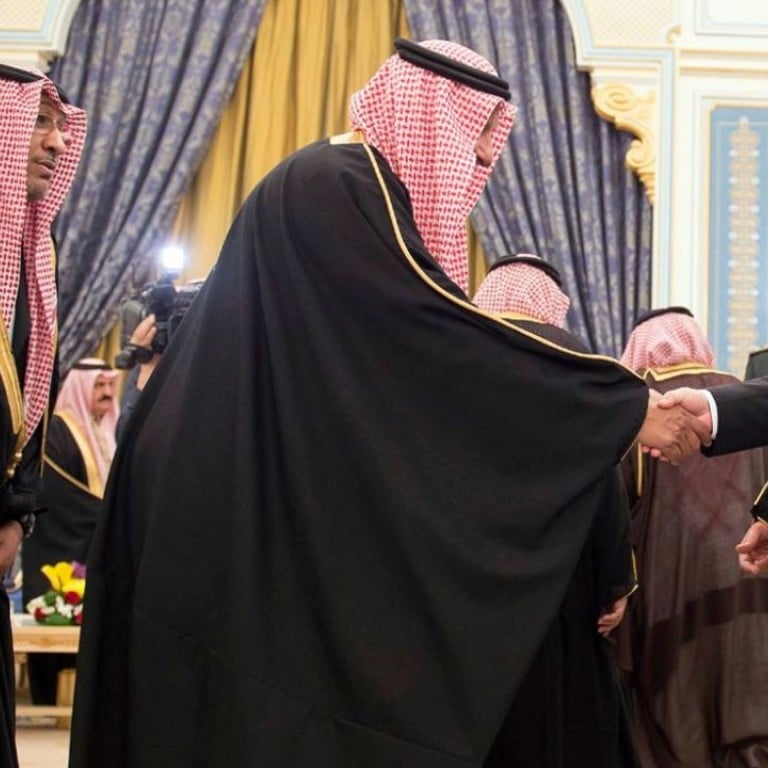
Quick guide to China’s diplomatic levels
Beijing and Riyadh have elevated ties to the second highest that China recognises. Here’s a run-down of what that means and the other types below it
China and Saudi Arabia agreed on Wednesday to upgrade their bilateral ties to form a “comprehensive strategic partnership”, only one step away from the “comprehensive strategic co-operative partnership”, which is generally regarded as the highest level of bilateral relations for China.
Why does China form these partnerships?
China is the only major power that claims to uphold a non-alliance policy, so it doesn’t have any official alliances. This makes its partnership diplomacies significant in helping China constructively engage with the world.
Source: “China’s strategic partnership diplomacy: engaging with a changing world”, published by the think tank European Strategic Partnerships Observatory in 2014.
What is a “comprehensive strategic partnership”?
Although there are no clear definitions of such arrangements, in 2004, then premier Wen Jiabao defined the Sino-EU comprehensive strategic partnership as follows:
● By “comprehensive”, it means that the cooperation should be all-dimensional, wide-ranging and multi-layered. It covers economic, scientific, technological, political and cultural fields, contains both bilateral and multilateral levels, and is conducted by both governments and non-governmental.
● By ‘strategic’, it means that the cooperation should be long-term and stable, bearing on the larger picture of China-EU relations. It transcends the differences in ideology and social system and is not subjected to the impacts of individual events that occur from time to time.
How many countries are involved?
By June 2014, China had established strategic partnerships with 47 countries and three international organisations, with most the arrangements beginning in the early 2000s.
What are the levels of China’s bilateral ties, from lowest to highest?
● Friendly cooperative partnership: The two nations involved will strengthen co-operation on bilateral issues, such as trade. China established such an arrangement with Poland in 2004, Uzbekistan in 2005, and Singapore in 2013,to name a few.
● Co-operative partnership: The two nations involved will strengthen co-operation on bilateral issues, based on mutual respect and mutual benefit. Such an arrangement was set up with the United States in 2011, to name one country.
● Comprehensive co-operative partnership: The two sides should maintain sound momentum of high-level exchanges, enhance contacts at various levels and boost mutual understanding. China set up such an arrangement with Liberia last year.
● Strategic partnership: When bilateral ties are upgraded to the strategic level, the two nations will co-ordinate more closely on regional and international affairs, including military ones. Strategic partnerships are known to be used by Beijing to regulate relations with great powers. China and Indonesia entered into such an arrangement in 2005.
● Comprehensive strategic partnership. Defined above. China has maintained this level of ties with Indonesia and Malaysia since 2013.
● Comprehensive strategic co-operative partnership: This is generally regarded as the highest level of bilateral relations for China, and involves the full pursuit of cooperation and development.
President Xi Jinping last year proposed adopting this level for its relations with the entire continent of Africa.

